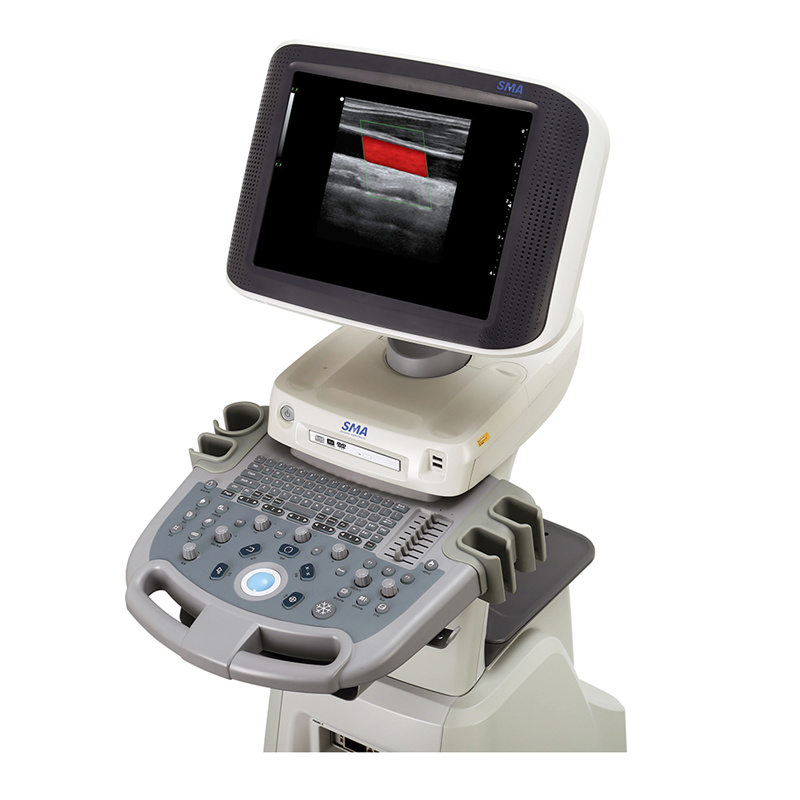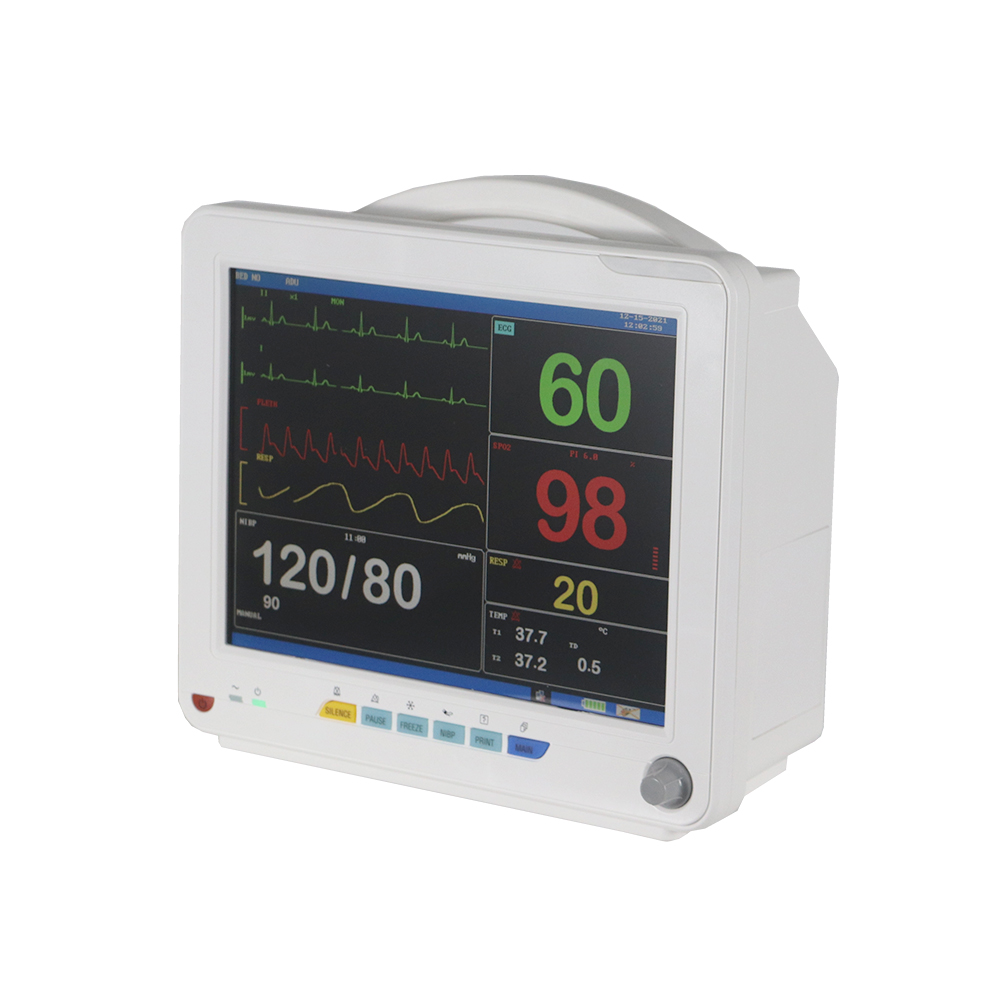Previous studies have confirmed the feasibility of ultrasonic neuromodulation – a therapy based on stimulating targeted nerves in the body – for parts of the cerebrum, but the technique’s function on the cerebellum has remained unclear.
While the much larger cerebrum sends signals to the muscles, their movements are precisely controlled by the cerebellum, which is made up of three distinct layers. The middle layer of Purkinje cells – named after their discoverer – are crucial in cerebellar function. Bladder Scanner

The study, published in the peer-reviewed journal Brain Stimulation, found ultrasonic stimulus passed through the cerebellar cortex’s outer layer and induced neural responses in the Purkinje cells and innermost granular layer.
The cerebellar granular cells receive and send sensory and motor signals that are integrated by the Purkinje cells and used to coordinate movements, according to the researchers.
They said ultrasound was considered a next-generation neuromodulation technique because with its prominent “spatial specificity and penetrating ability”, it acted on deep regions of the brain.
Previous approaches have included magnetic stimulation and implanted devices, which can stimulate the spinal cord, for example. In addition to treating chronic pain, the technique has been used to help patients with movement and psychiatric disorders.
The researchers applied ultrasound to the cerebellar hemispheres of mice which had a protein deficiency that causes a type of movement disorder called dyskinesia when the cerebellar cortex is stimulated.
The scientists found that the ultrasonic stimulation led to a dyskinesia attack in the mice, suggesting that it was modulating the cerebellar cortex and inducing the desired behavioural response, the study said.
Paralysed man back on his feet again with brain and spinal implants
No behavioural change was observed in a control group of mice. The researchers also conducted an off-target experiment, delivering the ultrasound to a different part of the cerebellar hemisphere and again detected no changes.
“Our findings demonstrate that low-intensity ultrasound directly activates the cerebellar cortex, and that transcranial ultrasound serves as a promising tool for non-invasive neuromodulation,” the study said.

Cardiac Ultrasound Writing on the academy’s official website, the authors said the study provided new clues towards understanding the mechanism of ultrasound neuromodulation, which would have a positive impact on subsequent research and translational applications.